
On the path to achieving its goal of net zero emissions by 2050, a Fortune 500 consumer goods company with business activities across manufacturing, retail, and e-commerce (Consumer Goods Company) set a near-term emissions reduction target through the Science-Based Target Initiative (SBTi). This near-term science-based target was set across all three scopes of greenhouse gas (GHG) emissions from a 2018 base year.
The stated goal for the year 2030 mandates the following actions:
![]()
Achieve a 50% reduction in absolute GHG emissions for scopes 1 and 2
![]() Decrease GHG emissions intensity per unit revenue by 60% across three scope 3 categories: purchased goods, upstream transportation and distribution, and business travel. This equates to a 6% reduction in absolute emissions from the base year.
Decrease GHG emissions intensity per unit revenue by 60% across three scope 3 categories: purchased goods, upstream transportation and distribution, and business travel. This equates to a 6% reduction in absolute emissions from the base year.
The Consumer Goods Company had several emissions reduction projects planned and underway, but needed a more structured plan for achieving their short term goal. The Consumer Goods Company sought assistance from 3Degrees to:
- Build an emissions reductions roadmap that enhances its ability to accurately quantify, track, and report on its emission reductions and progress against its 2030 climate goal
- Gain internal buy-in across leadership and all business units to promote effective climate action
Challenges
With less than a decade remaining to achieve its 2030 goal, the Consumer Goods Company did not have a complete picture of their projects’ emission reduction impact and whether they would achieve their goal. To start, 3Degrees customized its proprietary Emissions Reduction Model based on the Consumer Goods Company’s existing data and identified gaps in the Consumer Goods Company’s reduction efforts. Once these gaps were identified, it became evident that by following its current trajectory the Consumer Goods Company would fall short of its near-term goal.
These findings required the Consumer Goods Company to seek approval and funding for new reduction strategies essential to achieving its climate goal. While the Consumer Goods Company had worked with its executive team on funding for its original climate plan, this strategy change would require a new set of approvals and deeper justification for the additional funding.
As with most organizations, the Consumer Goods Company’s scope 3 emissions account for the majority of its total carbon footprint. Though aware of the overall magnitude of its scope 3 emissions, they lacked specific insights required to build and implement a reduction action plan. To address this, they relied on 3Degrees to conduct a thorough analysis of its supplier spend data to determine emissive activities. Upon completion of the analysis, a new challenge materialized—the Consumer Goods Company became acutely aware of the substantial amount of work required to reach its scope 3 target.
How we helped
The 3Degrees team helped the Consumer Goods Company in three key categories:

Executive engagement and business case
3Degrees initiated the engagement by analyzing the Consumer Goods Company’s emissions footprint and diving deeply into specific emission categories. Throughout this process, the 3Degrees team actively participated in internal coordination and governance meetings. This not only provided the Consumer Goods Company with greater access to the climate expertise of the 3Degrees team, but also helped reveal its actual emissions.
For instance, by examining the Consumer Goods Company’s scope 3 purchased goods and services spend data, 3Degrees identified an emissions hot spot in advertising emissions. After further investigation, it became apparent that a substantial portion of the Consumer Goods Company’s expenditures flowed through Tier 1 suppliers and eventually reached large digital ad companies. This discovery led 3Degrees to uncover that the primary source of the Consumer Goods Company’s scope 3 advertising emissions was the electricity used to power digital videos and advertisements.
When communicating these findings and other emissions footprint drivers, the 3Degrees team ensured the Consumer Goods Company fully understood and felt comfortable with the information. 3Degrees then developed a business case and emissions reduction roadmap that the Consumer Goods Company could present to its executive stakeholders. This enabled the Consumer Goods Company to demonstrate the importance of this climate work to its executive team, facilitating approval and funding for further reduction strategies.
Emissions Reduction Model
3Degrees used its Emissions Reduction Model to model the Consumer Goods Company’s business as usual emissions and the 2030 target emissions.
The Emissions Reduction Model highlighted gaps in the Consumer Goods Company’s current reduction efforts and identified emissions categories that required focused planning to uncover opportunities for closing these gaps. This prompted the 3Degrees team to expand upon the original objective and delve deeply into the data to determine new reduction levers that the Consumer Goods Company could implement to stay on track to reach its near-term targets. 3Degrees added the proposed projects (and their associated emissions reductions) required to achieve the goal into the Emissions Reduction Model to illustrate how the Company could achieve their goal.
3Degrees used the information from the Emissions Reduction Model to develop a emissions reduction roadmap, which provided the Consumer Goods Company with tangible ways to incorporate climate action into their everyday business streams. The roadmap outlined all the required projects and action items, their projected emissions, assigned specific ownership of both emissions and reduction projects, the performance metrics against which each project would be measured, and conveyed important business integration themes.
Upon completing the engagement, 3Degrees shared the finalized Emissions Reduction Model and roadmap with the Consumer Goods Company. The comprehensive model incorporated all current and future reduction interventions necessary to reach its 2030 target across all three scopes of emissions, enabling the Consumer Goods Company to continue its work autonomously.
Scope 3
Both teams were aware of the enormity of work required to achieve the Consumer Goods Company’s scope 3 targets. Instead of being overwhelmed by the data, the 3Degrees team helped organize it into manageable action items using the Emissions Reduction Model. As a result, they identified that the bulk of the necessary scope 3 reductions could be accomplished through three work streams and fewer than 10 reduction initiatives. These insights helped get the Consumer Goods Company on track to reach its near-term scope 3 goal.
Results
Upon completion of of the engagement, the Consumer Goods Company achieved the following outcomes:

“This company is an impressive example of bold corporate climate action. They set an ambitious science-based target, even while understanding the immensity of their scope 3 footprint. 3Degrees is proud to have been a partner on their climate action journey to enable the completion of their climate roadmap and gain executive approval.”


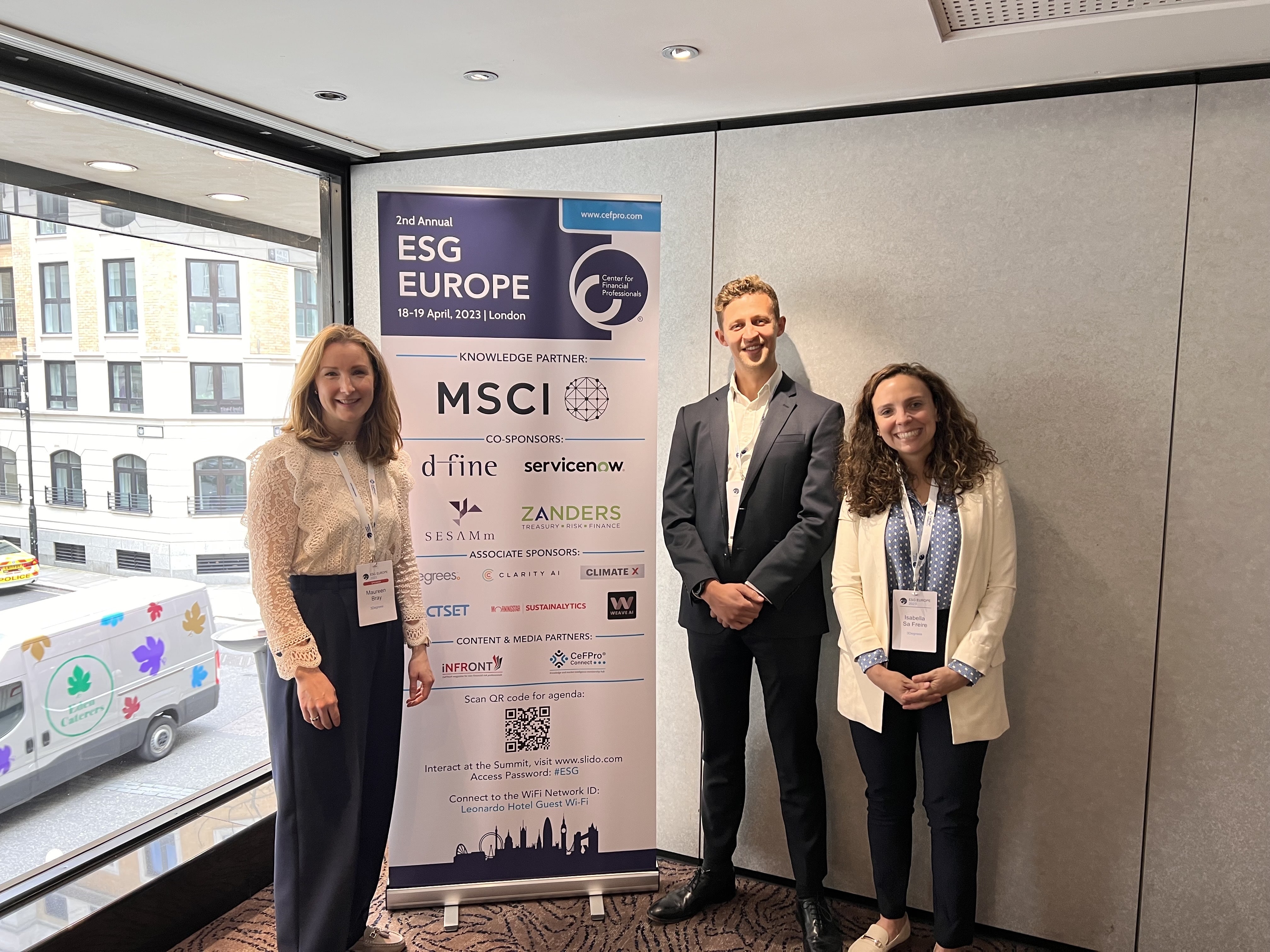

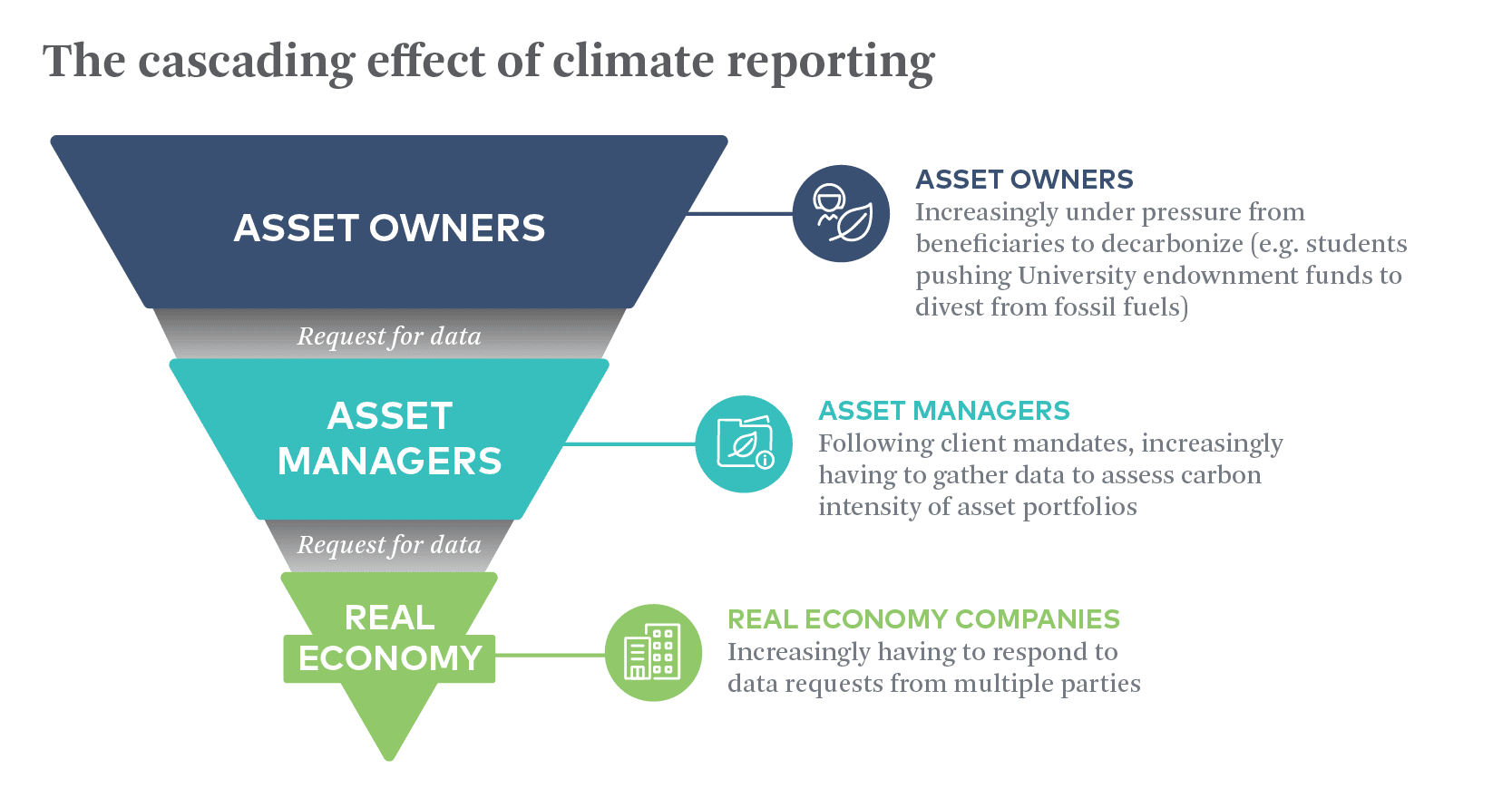
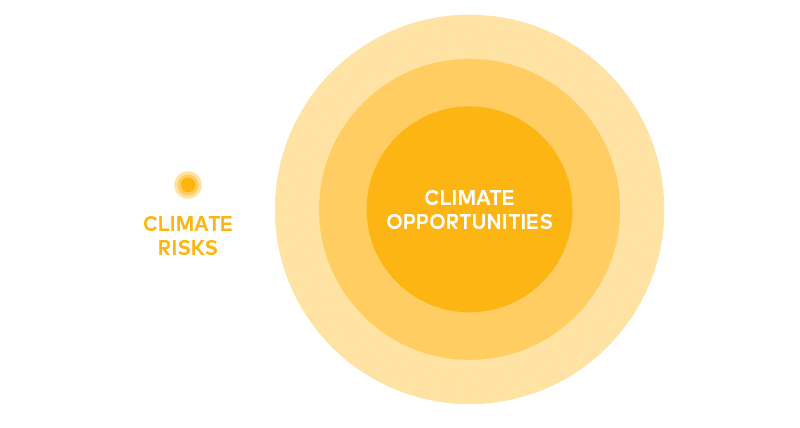

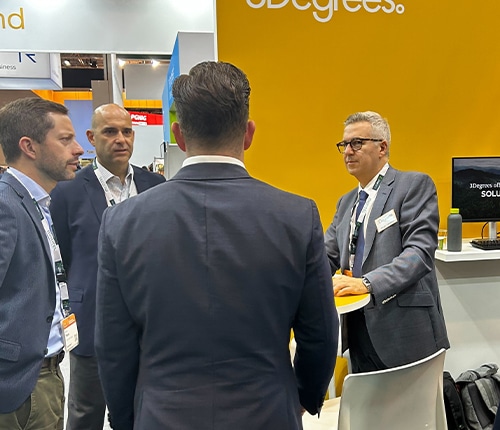
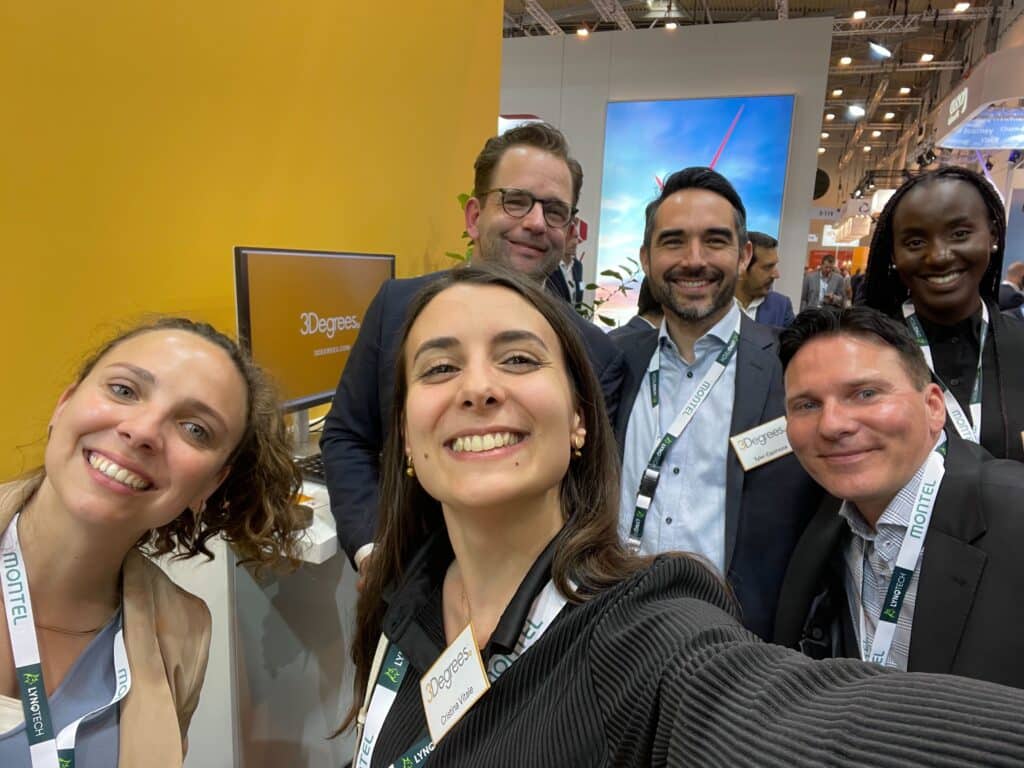
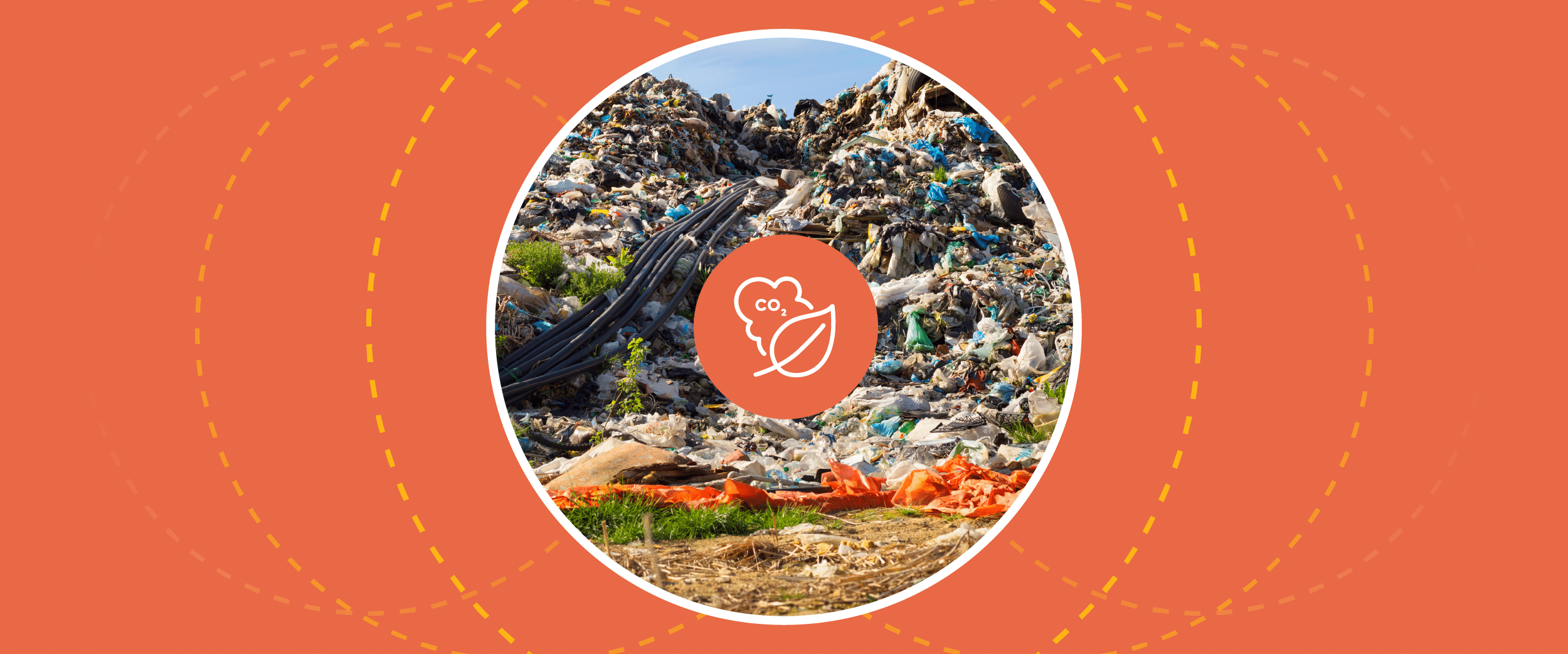
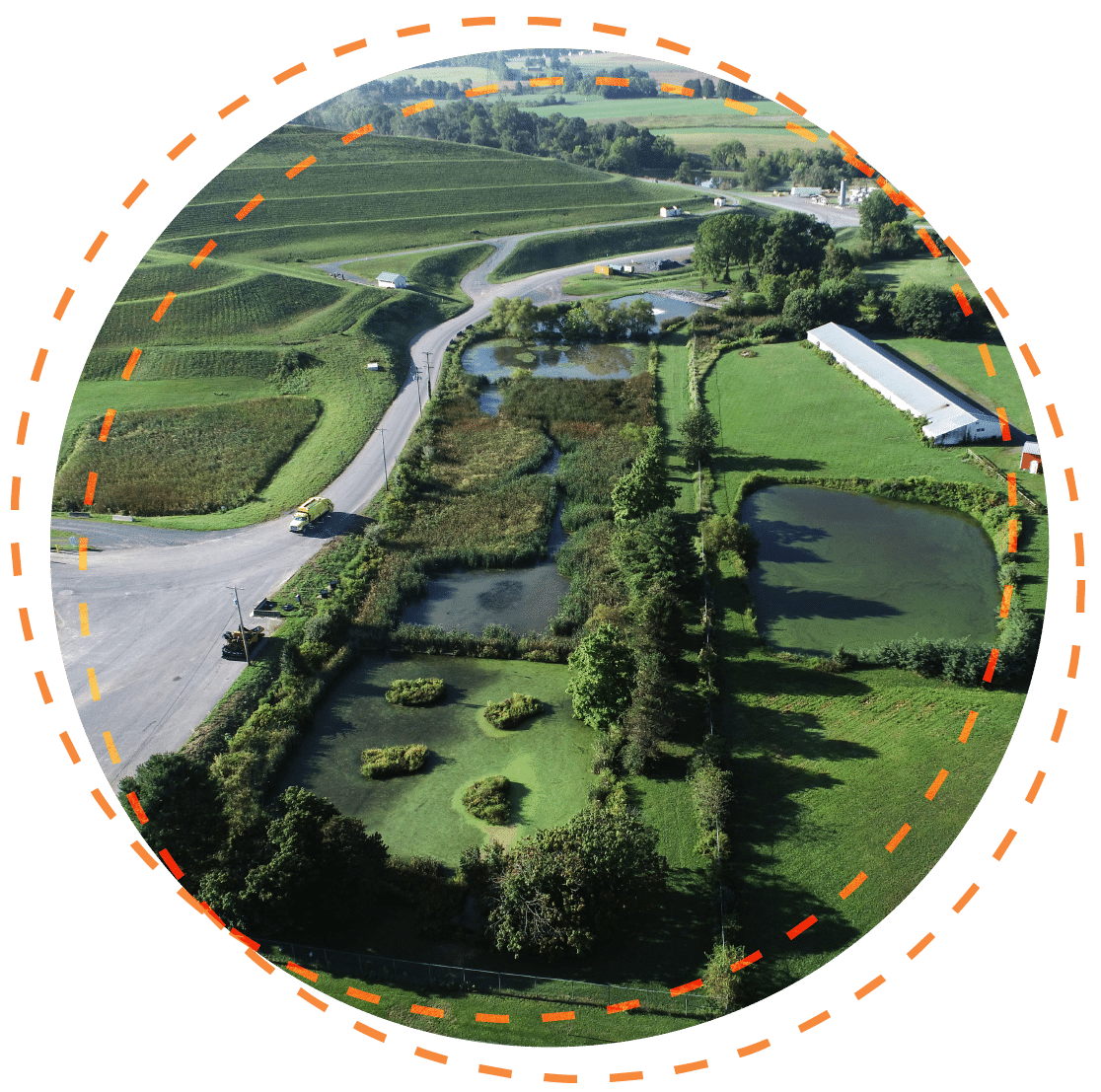
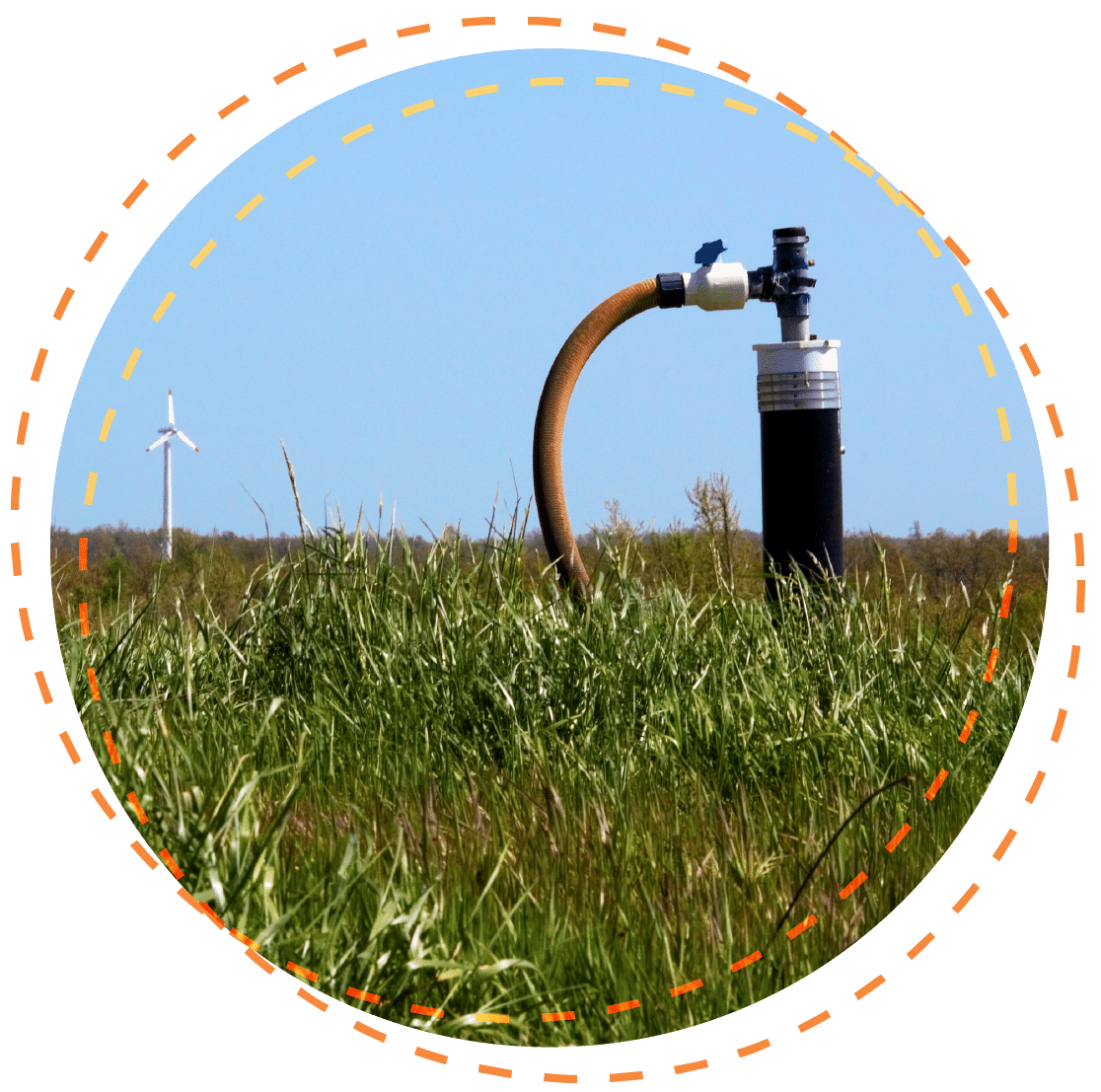

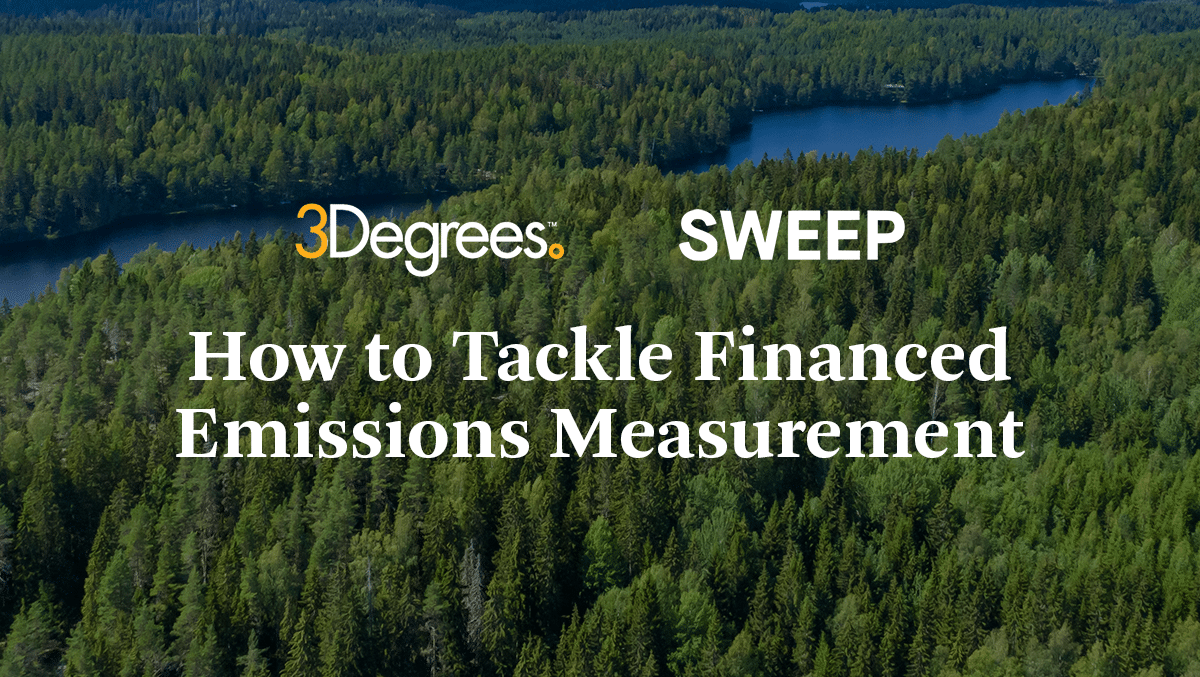



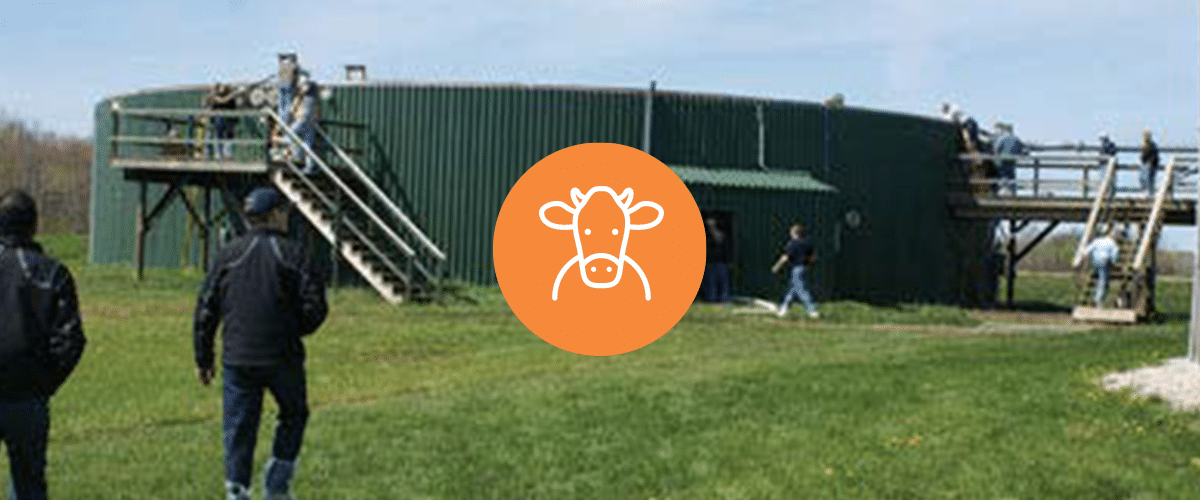

 Economic:
Economic:

 Social:
Social:
Recent Comments